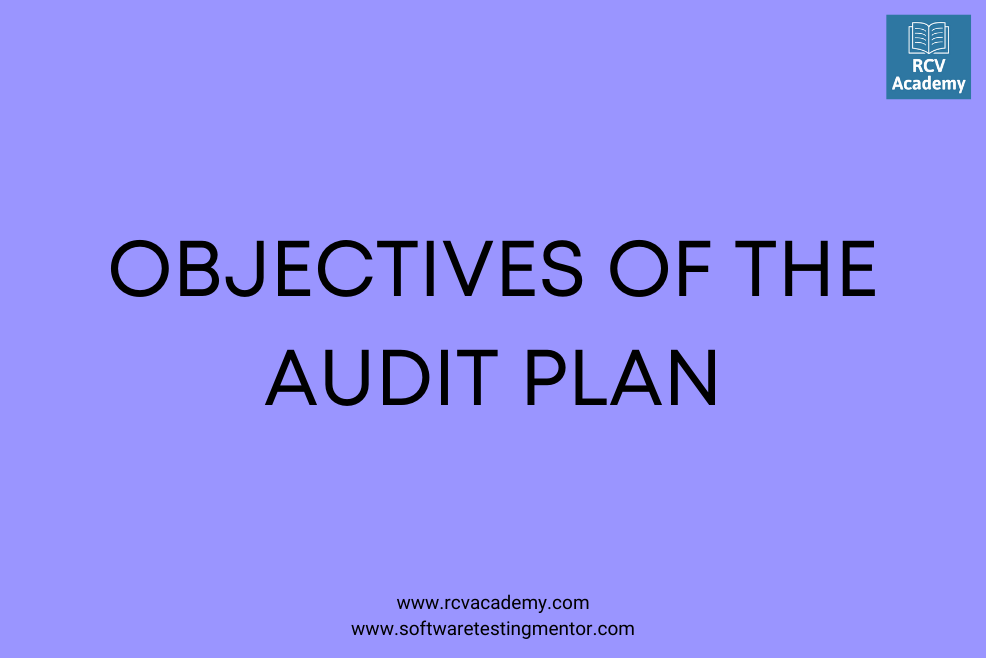In this tutorial, we will learn about the objectives of the audit plan is a vital area of the audit primarily conducted at the beginning of the audit process to ensure that appropriate attention.
It is devoted to essential areas, potential problems promptly identified, work is completed expeditiously, and work appropriately coordinated.
Terms of engagement and any statutory responsibilities:
- While framing an audit plan auditor should ascertain his terms of appointment and duties cast by various legislation on him. The auditor should prepare his audit plan based on what he is required to do so.
Nature and timing of report or other communications:
The auditor should determine the form and the timing of the announcement. It will help the auditor to determine the scope and schedule of the audit.
Establishing and coordinating staffing requirements:
The auditor should determine the staff’s exact needs along with the broad estimate of the time required by each staff member so that the audit work will complete on time.
Work of internal auditors:
The statutory auditor must review the work done by the internal auditors to determine the extent of their reliance. It will help the auditor to determine the scope of the work under the audit plan.
Nature and extent of audit evidence:
The nature and extent of audit evidence will vary in different auditing situations. For example, in one position, the auditor may rely more on physical examination and confirmation from third parties. In contrast, in other cases, he may rely more on the analysis of documentary evidence.
Degree of reliance expected to be placed on the accounting system and internal control:
While laying down an audit plan, the auditor shall assess the effectiveness of accounting systems and internal control. The auditor must decide whether he will do test checking or more extensive checking of transactions and balances based on assessments.
Test of materiality levels for audit purposes:
At the planning stage, the auditor sets the materiality levels. For example, the auditor may decide that in case of an audit of sales, he will examine all sales transactions Rs5000.
Identification of significant audit areas:
The auditor needs to identify the areas which involve higher audit risk so that the audit can plan in such a way that the overall audit risk will be less. More risky areas should check in detail and vice versa.
Requirements:
Any change in accounting and auditing standards may affect the audit’s scope or how conducted. Therefore these should be carefully considered while drawing up an audit plan.
Accounting policies followed by the enterprise and change in those policies:
Accounting policies developed by the enterprise affect the audit plan. While preparing an audit plan, due consideration may give to the areas where there is any change in accounting policies.

